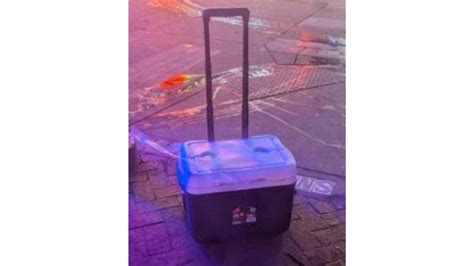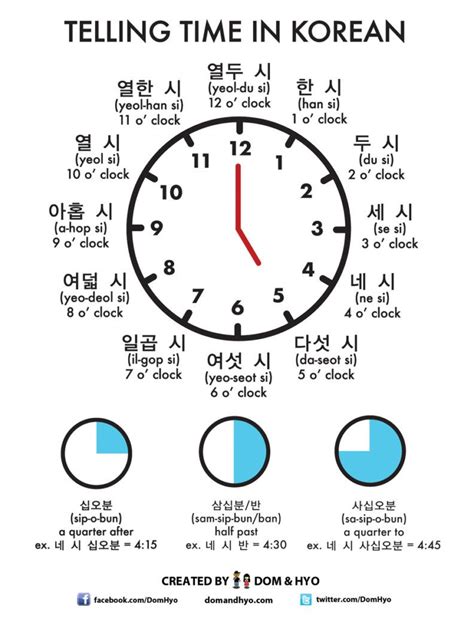5 Harrier Jump Jet Facts
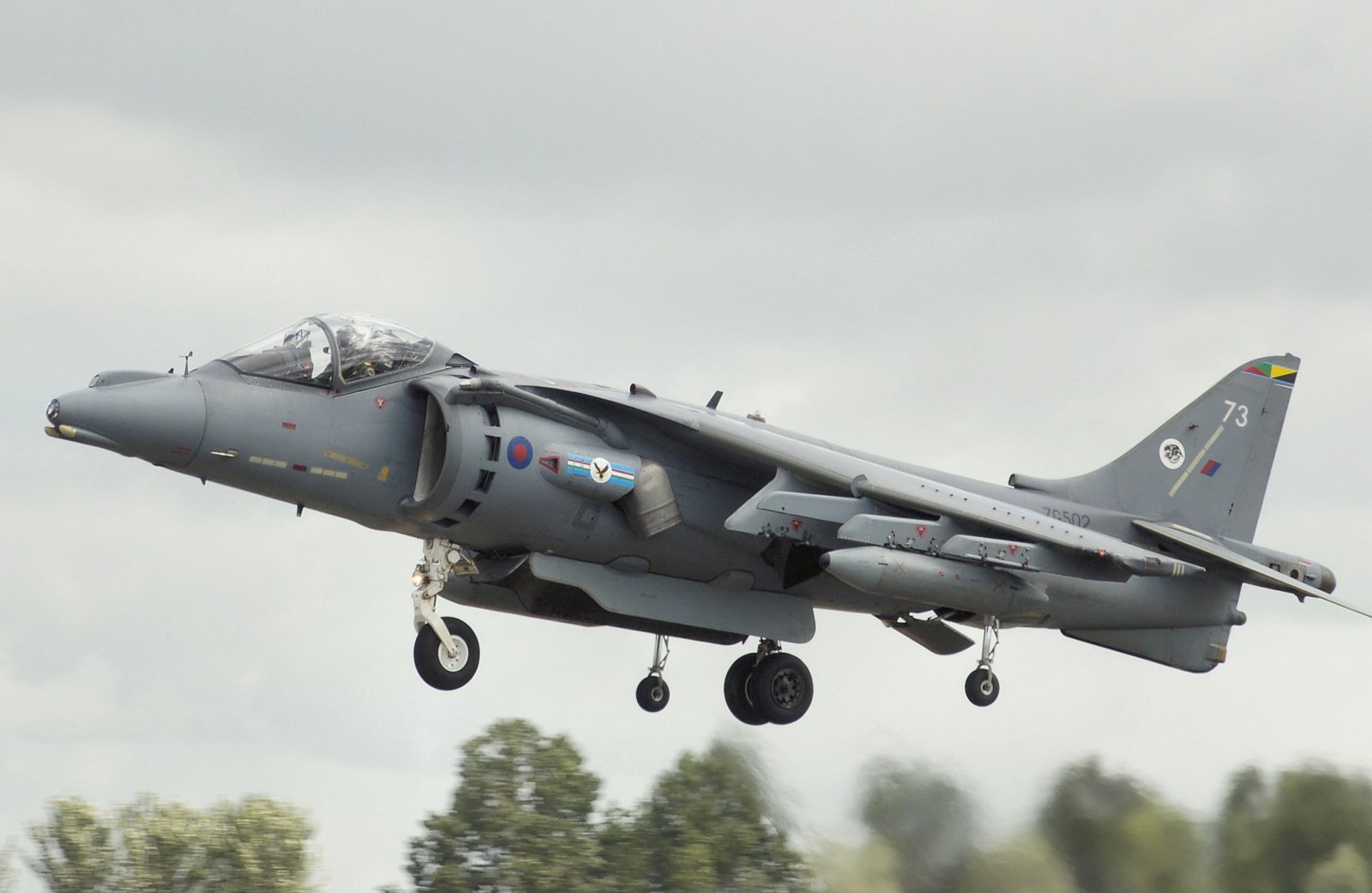
Introduction to the Harrier Jump Jet
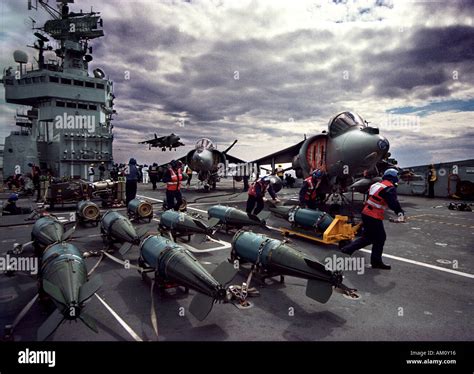
The Harrier Jump Jet is a family of jet aircraft known for their unique ability to take off and land vertically, also known as VTOL (Vertical Takeoff and Landing). This capability makes them highly versatile and useful in a variety of military and civilian contexts. With a rich history that spans several decades, the Harrier has become an iconic symbol of military aviation. In this article, we will delve into five key facts about the Harrier Jump Jet, exploring its development, capabilities, and impact on modern aviation.
Development and First Flight
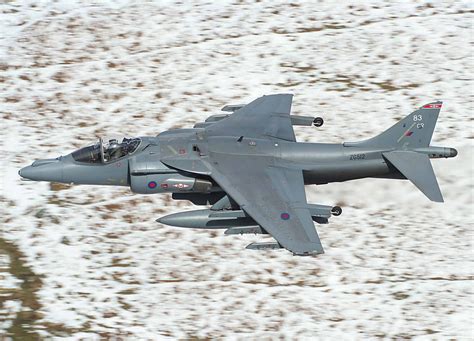
The development of the Harrier began in the 1950s, with the first prototype, the Hawker P.1127, making its maiden flight in 1960. This early model was a result of collaboration between Hawker Aircraft and the Bristol Engine Company, with the goal of creating an aircraft that could circumvent the need for traditional runways. The success of the P.1127 led to further development, culminating in the production of the first operational Harrier, the Harrier GR.1, in the late 1960s. This initial model was used by the Royal Air Force (RAF) and paved the way for future variants, including the Sea Harrier, which was adopted by the Royal Navy for naval operations.
Key Features and Capabilities
One of the most notable features of the Harrier is its ability to vector thrust, allowing it to direct the exhaust nozzles of its engine downwards to facilitate vertical takeoff and landing. This is achieved through four rotatable nozzles that can be directed downwards for lift during takeoff and landing, and rearwards for thrust during forward flight. The Harrier also boasts impressive maneuverability, thanks to its powerful engine and the ability to vector thrust during flight. This combination of VTOL capability and high-speed performance makes the Harrier a valuable asset for military operations, where the ability to operate from small or unprepared areas can be crucial.
Operational History and Variants
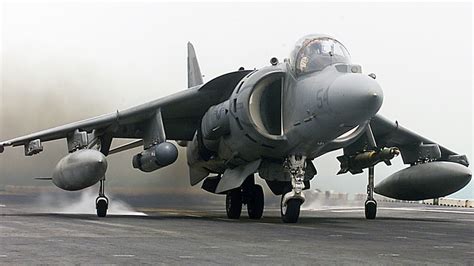
The Harrier has seen action in several conflicts, most notably during the Falklands War, where the Sea Harrier played a significant role in air defense for the British fleet. The aircraft’s ability to operate from the small decks of aircraft carriers and its effectiveness in dogfighting scenarios made it a key component of the British military’s strategy. Over the years, several variants of the Harrier have been developed, including the AV-8B Harrier II, which is used by the United States Marine Corps, and the Harrier GR.7/GR.9, which were the final variants used by the RAF before their retirement in 2011.
Technological Innovations and Legacy
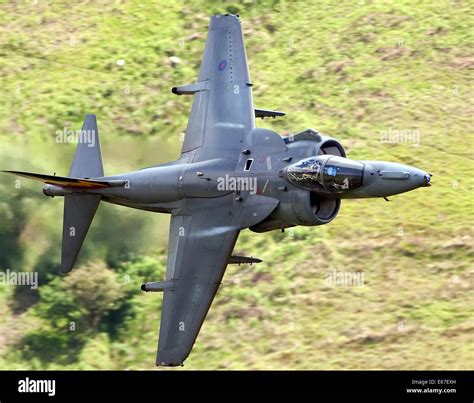
The Harrier Jump Jet has been at the forefront of technological innovation in aviation, pushing the boundaries of what is possible in terms of jet engine design, materials science, and flight control systems. Its development and operation have driven advancements in areas such as vectored thrust and composite materials, influencing the design of subsequent aircraft. The legacy of the Harrier can be seen in newer aircraft that incorporate similar technologies, such as the F-35B Lightning II, which also features VTOL capability. Despite the retirement of the Harrier from service in several countries, its impact on military aviation and its enduring popularity as an iconic aircraft ensure its place in history.
Specifications and Comparison

To better understand the capabilities of the Harrier, it’s useful to look at its specifications. The AV-8B Harrier II, for example, has a top speed of over Mach 1 (around 700 mph), a range of approximately 1,200 nautical miles, and can carry a variety of armaments, including missiles and bombs. In comparison to other VTOL aircraft, the Harrier’s combination of speed, maneuverability, and payload capacity makes it highly effective in its role. The following table highlights some key specifications of the AV-8B Harrier II:
| Specification | Value |
|---|---|
| Length | 46 ft 4 in |
| Wingspan | 30 ft 4 in |
| Empty Weight | 12,000 lb |
| Max Speed | Mach 1+ (around 700 mph) |

📝 Note: The specifications listed are for the AV-8B Harrier II and may vary slightly depending on the variant and configuration.
In summary, the Harrier Jump Jet is a testament to innovative engineering and the pursuit of enhancing military capabilities through technological advancement. Its unique features, operational history, and legacy continue to inspire and influence the development of modern aircraft, cementing its place as one of the most iconic and effective military jets of the 20th century. As we look to the future of aviation, the lessons learned from the Harrier’s development and operation will undoubtedly play a significant role in shaping the next generation of aircraft.
What is the primary advantage of the Harrier Jump Jet’s VTOL capability?
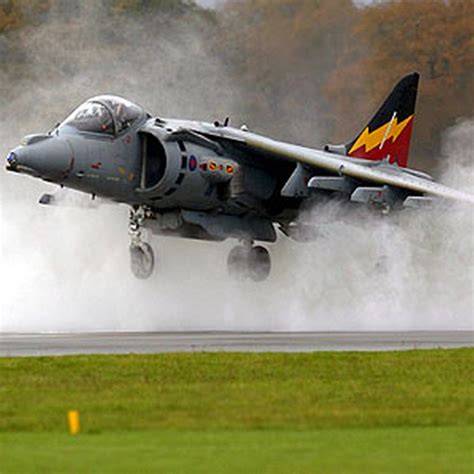
+
The primary advantage is the ability to operate from small or unprepared areas, such as the deck of a ship or a forward base, without the need for a long runway.
Which variant of the Harrier was used by the Royal Navy?

+
The Sea Harrier was the variant used by the Royal Navy for naval operations.
What is the top speed of the AV-8B Harrier II?

+
The top speed of the AV-8B Harrier II is over Mach 1, which is approximately 700 mph.
